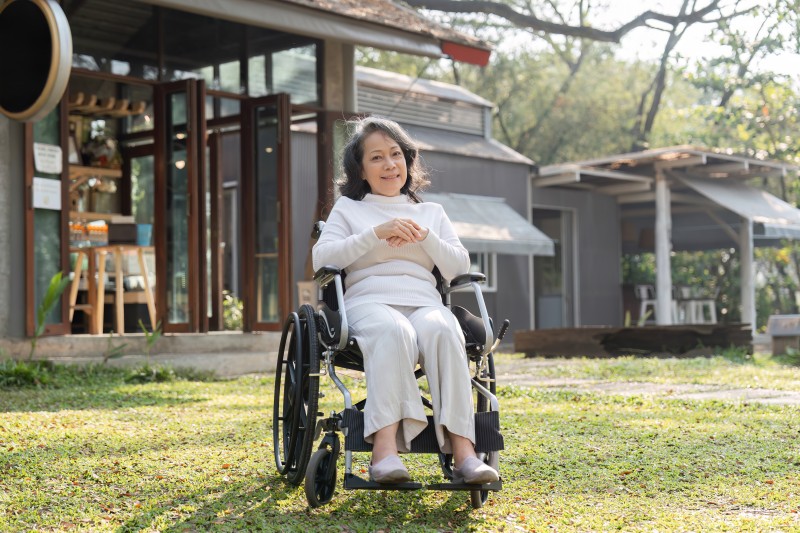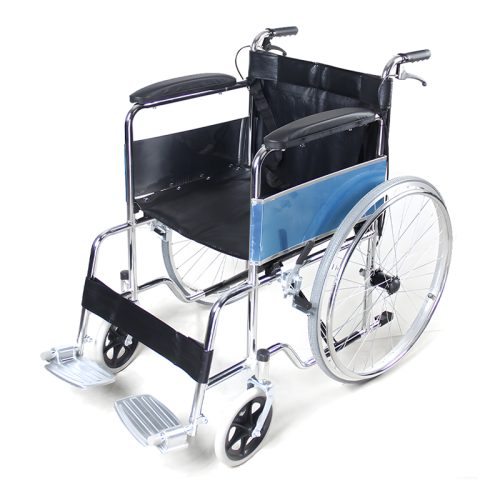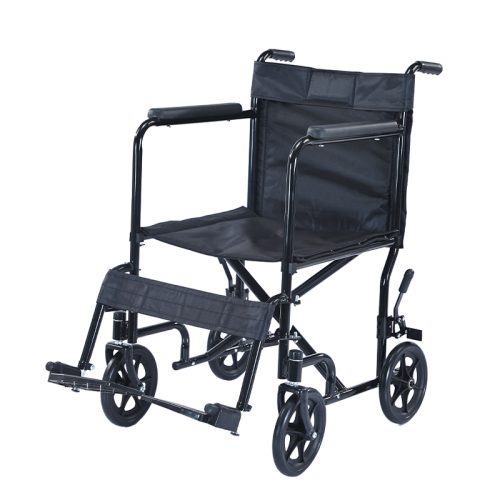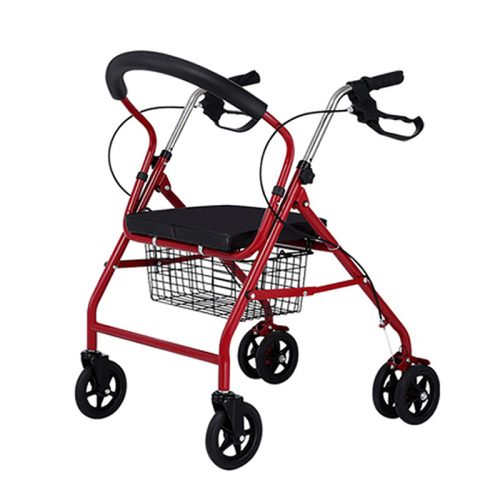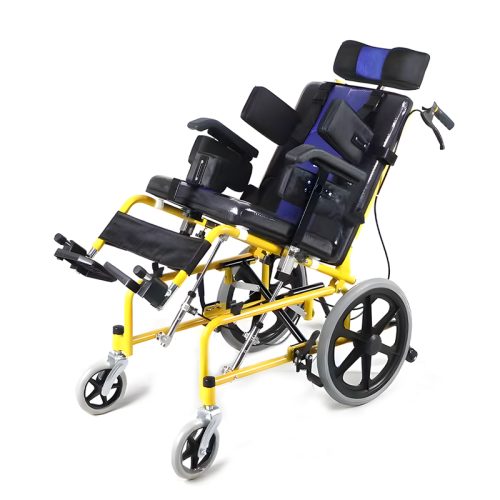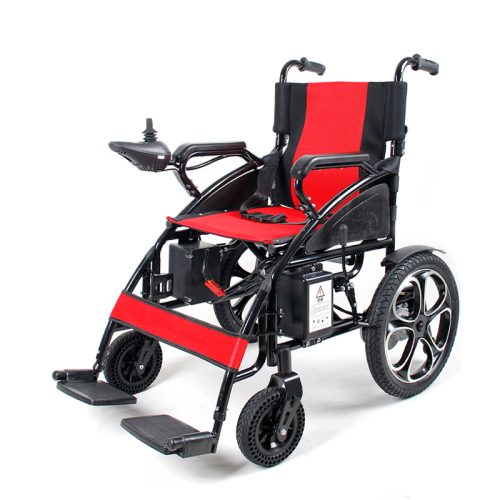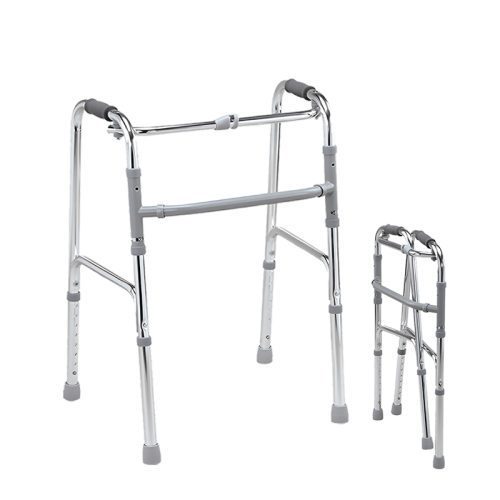
- Scaun cu rotile
Competiția pe piața scaunelor cu rotile din Etiopia 2025: Strategii naționale vs strategii internaționale ale mărcilor
- Prin kelingmedical
1. Dominația mărcii naționale: Cota de piață și rețele
Defalcarea poziției de lider de piață
Cei mai importanți trei producători locali supraveghează 58% din totalul tranzacțiilor cu scaune cu rotile.
Costurile de producție pentru producătorii interni sunt cu 40-50% mai mici în comparație cu produsele importate.
Brandurile naționale primesc 80% din comenzile de achiziții publice pentru spitale prin parteneriate guvernamentale.
Rețeaua de produse se extinde la peste 1.200 de puncte de vânzare cu amănuntul în 9 state regionale.
Principalii producători interni operează fără afilieri specifice la mărci.
Liderul industrial din Addis se concentrează pe crearea de scaune cu rotile pediatrice aprobate de UNICEF.
Principalul furnizor de scaune rulante din Oromia controlează piețele rurale cu modele manuale cu prețuri sub $90.
Furnizorul guvernului federal furnizează 65% de echipamente pentru reabilitare în sectorul public.
Strategii de stabilire a prețurilor
Scaune cu rotile manuale: $85-$220 (naționale) vs $130-$350 (importate).
Modelele produse local demonstrează costuri de întreținere care sunt 30% mai mici decât alternativele importate.
2. Tactici internaționale de penetrare a mărcii
Abordări privind intrarea pe piață
Întreprinderi comune:
Furnizorii globali fac echipă cu distribuitorii naționali 55% din timp pentru a gestiona cerințele de reglementare.
Un producător european a obținut o reducere de 70% a timpului de certificare prin asocieri cu clinici ortopedice etiopiene.
Diferențierea produselor:
Modelele de scaune cu rotile bazate pe IoT ale mărcilor internaționale au condus la o creștere a vânzărilor de 210% în 2024.
Spitalele private solicită 18% pentru scaunele de reabilitare cu preț premium care costă între $1.200 și $2.500.
Factorii de succes ai localizării
Interfețele tehnice concepute în limba amharică determină o creștere de 40% a ratelor de adopție.
Produsele din zonele aride beneficiază de motoare rezistente la praf care le prelungesc durata de viață cu mai mult de trei ani.
3. Dinamica cotei de piață (proiecții pentru 2025)
| Segment | Mărci naționale | Mărci internaționale |
|---|---|---|
| Scaune cu rotile manuale | 78% | 22% |
| Scaune cu rotile electrice | 29% | 71% |
| Unități pediatrice | 83% | 17% |
4. Concurența canalelor de distribuție
Rețele interne
Modelul cooperativelor constă în peste 450 de asociații ale persoanelor cu handicap care servesc drept canale de vânzări directe.
Brandurile locale ajung în orașele Tier-3 în 72 de ore, față de 14 zile pentru produsele importate.
Contrastrategii globale de brand
Punerea în aplicare a centrelor regionale de distribuție din Addis Abeba și Hawassa a redus timpii de livrare cu 60%.
Programele noastre de finanțare oferă clienților planuri de plată pe 12 luni pentru comenzi mari care depășesc $50,000.
5. Bătălia reglementărilor
Ofertele publice trebuie să conțină 30% componente etiopiene, în conformitate cu reglementările politicii 2024.
Piesele de scaune rulante electrice beneficiază de scutiri de taxe la import atunci când asamblarea finală are loc pe piața internă.
6. Analiza SWOT pentru distribuitorii internaționali
| Puncte forte | Slăbiciuni |
|---|---|
| Capacități avansate de cercetare și dezvoltare | Rețele de distribuție rurale limitate |
| Calitate percepută mai ridicată | 45% termene de livrare mai lungi față de mărcile locale |
| Oportunități | Amenințări |
|---|---|
| $12M piața scaunelor cu rotile electrice până în 2026 | Creșterea anuală a investițiilor în cercetare și dezvoltare ale mărcilor interne 25% |
| Sectorul privat al asistenței medicale în creștere (35 de spitale noi în 2024) | Volatilitatea monedei (deprecierea ETB 15% în T1 2025) |
Concluzie
Piața etiopiană a scaunelor cu rotile reprezintă un mediu multifațetat care oferă recompense substanțiale pe măsură ce puterea de producție internă fuzionează cu progresele tehnologice globale. Intrarea cu succes pe piață necesită strategii hibride: Utilizarea parteneriatelor locale pentru distribuirea de scaune cu rotile manuale și orientarea către segmentele de piață premium cu modele distincte de scaune cu rotile electrice. Până în 2027, se preconizează că piața va ajunge la $41 milioane, ceea ce reprezintă o oportunitate pentru distribuitorii care perfecționează această strategie dublă de a deveni lideri în sectorul asistenței medicale în dezvoltare rapidă din Africa de Est.
Secțiunea FAQ
Q1: De ce mărcile naționale domină vânzările de scaune rulante manuale? R: Avantaje de cost (producție mai mică 40%) și politici de achiziții publice care favorizează furnizorii locali.
Q2: Cum pot concura mărcile internaționale pe piețele rurale? R: Parteneriatul cu instituțiile de microfinanțare pentru a oferi programe de închiriere și colaborarea cu ONG-urile regionale din domeniul sănătății.
Q3: Scaunele rulante importate sunt supuse unor teste speciale? R: Da - toate importurile necesită certificarea Agenției etiopiene pentru standarde (ESA), ceea ce înseamnă 90-120 de zile suplimentare până la intrarea pe piață.
Q4: Care este termenul de garanție pentru modelele premium? R: Minim 3 ani pentru scaunele cu rotile electrice, cu suport tehnic 24/7 solicitat de 78% de cumpărători.
Dominați piața scaunelor rulante din Etiopia cu Keling Medical
Keling Medical permite distribuitorilor globali să aibă succes în peisajul competitiv din Etiopia:
Rețeaua de parteneriat local: Colaboratori de producție internă preselectați.
Accelerarea reglementărilor: Certificarea ESA finalizată în 60 de zile garantate.
Logistică personalizată: Depozitare controlată de climă la Addis Ababa FTZ.
📩 Contactați specialiștii noștri de pe piața din Etiopia: 📧 E-mail: inquiry@shkeling.com 📞 WhatsApp: +8618221822482 🌐 Explorați soluțiile noastre pentru scaune cu rotile: https://shkeling.com.cn/product-category/wheelchair/
Ofertă limitată în timp: Sesiune gratuită de strategie de intrare pe piață cu prima solicitare!

